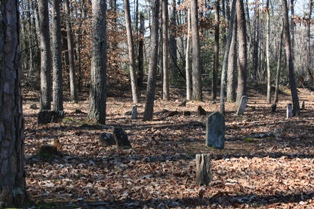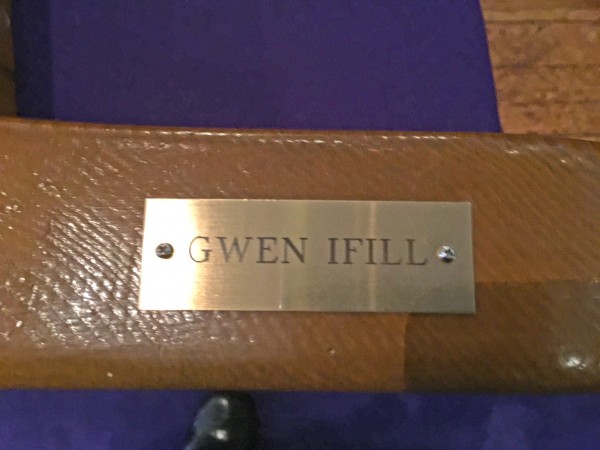 CLEMSON, S.C. (AP) -- Clemson University anthropology students will be scratching below the surface of Upstate history in a northern Pickens County cemetery where former slaves were buried and, until recently, forgotten.
CLEMSON, S.C. (AP) -- Clemson University anthropology students will be scratching below the surface of Upstate history in a northern Pickens County cemetery where former slaves were buried and, until recently, forgotten.
The cemetery near Soapstone Baptist Church in the Liberia a community settled by freed slaves in the 1800s was discovered about four years ago by surveyors working on the church property.
``It's been hidden history for so long,'' said Mable Clarke, whose great-great-grandfather Joseph McJunkin founded the community of descendants of slaves from the African nation of Liberia.
A nearly impenetrable thicket encased the cemetery. Volunteers from area churches brought earth- moving equipment and chainsaws ``and inched their way in so not to disturb the graves,'' Clarke said.
The cemetery has been listed on the National Register of Historic Places, added to the state's Heritage Corridor, and there are plans for a kiosk and brochure about the cemetery and the history of the early Upstate black community and church.
Recently, Mike Coggeshall, a Clemson University anthropology professor studying the mountain cultures in Pickens and Oconee counties, stopped his car in a driveway along a mountain road to take a picture of Table Rock. It happened to be Clarke's driveway.
Thinking Coggeshall was lost or stranded, Clarke offered help. It seems they were able to help each other.
On a Saturday, students in Clemson's Anthropology Club visited the cemetery to rake, measure, identify and map as many graves as possible.
``They have been there over 150 years. Their story is important to tell,'' Coggeshall said.
Clemson archeologist Melissa Vogel and Clemson forensic anthropologist Katy Weisensee will supervise the project that lets students work on a real site using skills from archeological, biological and cultural classes, Coggeshall said.
``We hope to identify any patterns in the gravesites, such as family clusters, and create a map of the cemetery for preservation purposes,'' said Coggeshall. ``We also want to document, preserve and interpret the sites for regional tourism.''
The number of graves is unknown, and one goal of the project is to determine how many people are buried there, Coggeshall said.
Sunday services are still held at the concrete block and stucco church that is the third to be built on the site next to a huge soapstone outcropping.
The first was a brush arbor church built from small saplings that served the congregation of about 900 slaves freed around the time of the Emancipation Proclamation, in the early 1860s, until a wooden church could be built, Clarke said.
The wooden church was burned to the ground by the Ku Klux Klan in 1966. Clarke was away at college at the time and heard about it from her parents, who lived next to the church.
``It was just starting to get dark, and they could see the smoke and the flames coming out. They went to see what was going on. It was so engulfed at the time there was no way to save it,'' Clarke said.
The present church was built with donations from local residents and the Holly Springs Baptist Church north of Pickens.
Services still are held every Sunday, and a fish fry on the third Saturday of each month helps today's small congregation keep the doors open. The public is invited to both. The fish fry with choices of fish, ribs or chicken, is served from noon until 8 p. m. Plates are $10.
The fish fry attracts visitors from as far as Asheville, and visitors often stand on top of the huge soapstone rock that affords views of Table Rock and Caesars Head to take pictures, Clarke said.
- Home
- News
- Opinion
- Entertainment
- Classified
- About Us
 MLK Breakfast
MLK Breakfast- Community
- Foundation
- Obituaries
- Donate
04-25-2024 3:13 am • PDX and SEA Weather






















































































































































































































































































































